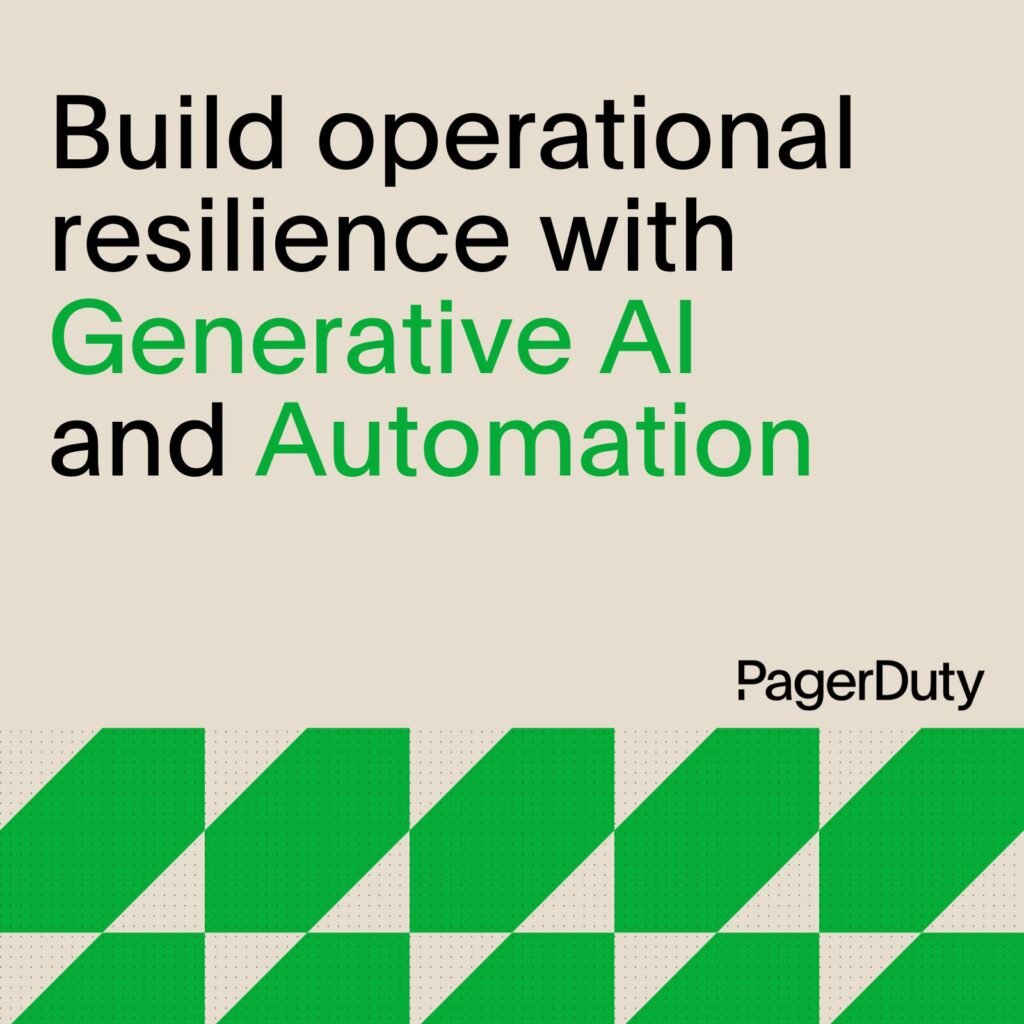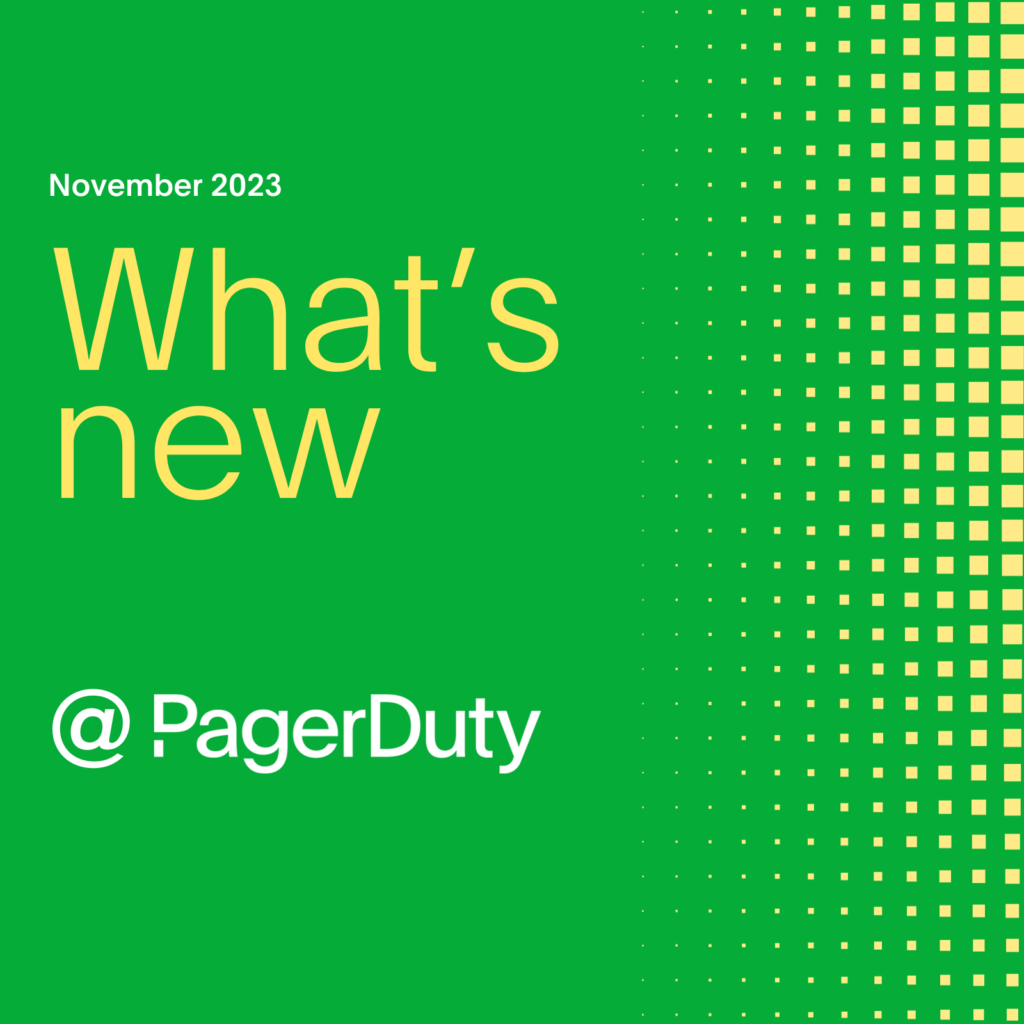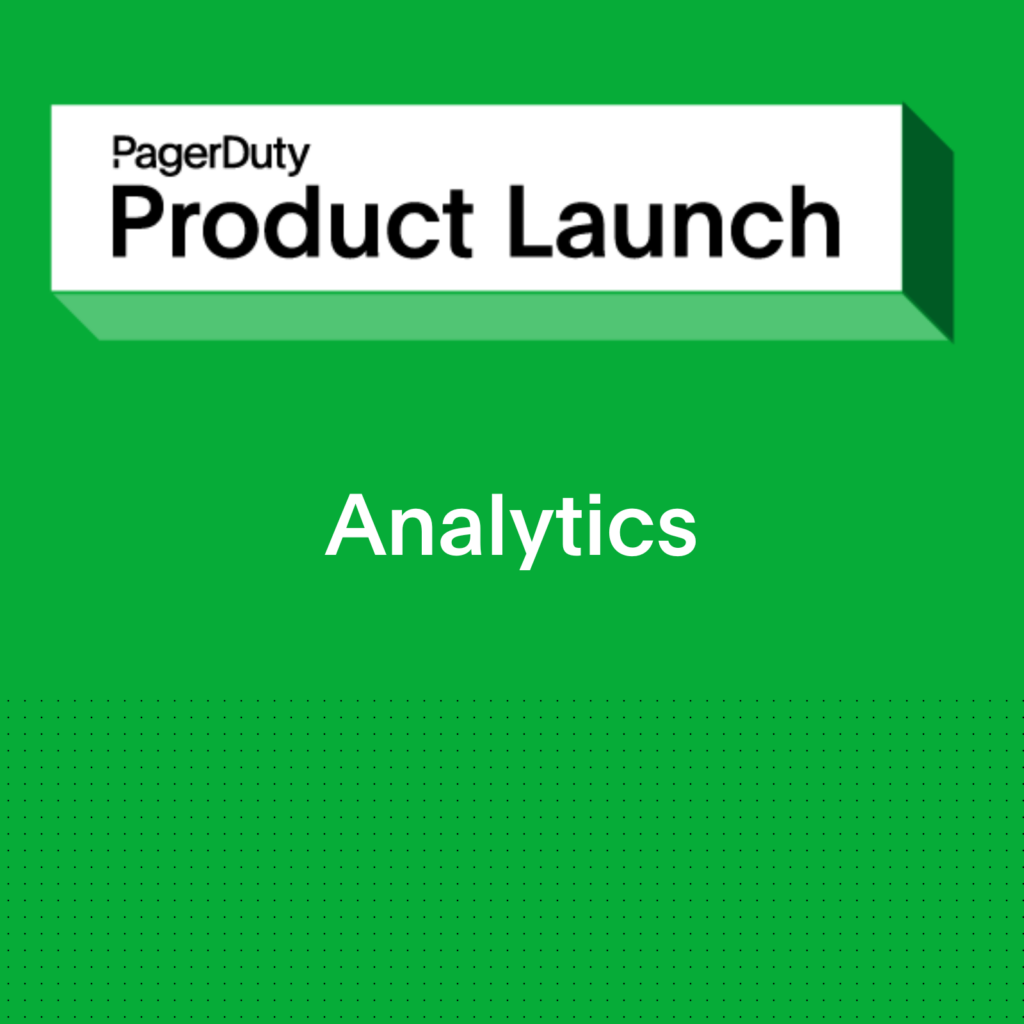Deliver Better Customer Experiences With Real-Time Business Orchestration
This year has been challenging for everyone. Many companies across different industries were forced to become digital businesses overnight. Timelines for digital transformation initiatives that were originally slated to roll out over years are now being accelerated to execute in weeks and months. And for an increasing number of companies, digital services and apps are now their primary business model and source of revenue.
During all of this chaos, we noticed something: The organizations that pivoted most effectively during the COVID-19 crisis were agile, willing to adapt, and kept customers at the center of their decision-making. They serve as great reminders of how every business should not just aim to survive these tumultuous circumstances—they also need to find a way to thrive in the new digital era.
So let’s talk about how to propel your business into the future.
Expectations for a Seamless Customer Experience Have Only Increased
In the words of customer experience expert, Shep Hyken: “Your customers no longer compare you to your competitor. They compare you to the best service they ever had from anyone.”
The stakes are high in our always-on, digital world, where unplanned service disruptions translate directly into dollars lost and—if you’re really unlucky—a tarnished brand reputation. Today, it’s imperative to protect the customer relationships you have if you want to make out the other side of this economic downturn.
In this world, your digital apps and services are your business. But problems with digital services involve more people because services are more complex than ever before. Gone are the days when technical problems were “just the sysadmins” problem; it is a business problem now that involves many more people and teams—like customer support or sales. To deliver great customer experiences, these teams must all come together to work as one during major events. We call this real-time business orchestration.
Real-Time Business Orchestration Leads to Better Customer Experiences
If you’re not familiar with the term, real-time business orchestration boils down to this: Get the right information and workflows to the right people at the right time. If done correctly, some benefits include increased team communication and efficiency, quicker response times, and a better customer experience.
How PagerDuty Delivers
PagerDuty is a platform for digital operations management that enables teams to better orchestrate the actions of all stakeholders involved in an incident response. We believe it’s critical for business response, such as executive communications, to be integrated closely with a technical response when incidents arise. It should be a natural extension of existing technical processes, and it should not involve manual work or require setting up additional tools.
Some of the clear benefits of having this seamless extension include:
- Minimizing negative brand and revenue impact of incidents
- Reducing organization-wide productivity loss during service disruptions
- Raising the awareness of any outages and their business impact across the organization
Innovation Deep Dive
Our latest enhancements from the Spring 2020 product launch empower people to work and communicate more efficiently during critical moments by breaking down silos and providing the right level of information for all teams, resulting in better customer experiences.
Mobile Status Dashboard
Non-technical (aka business) responders work in very different ways from those fixing technical issues. They are on the go, they only want the information they need at that very moment, and they often utilize devices like iPads or iPhones rather than a technical incident management tool on their desktop.
Now in the PagerDuty mobile app, business stakeholders can get convenient, on-the-go access to the most important updates about key business services using the new Mobile Status Dashboard. This dashboard ensures they have business-critical data at their fingertips, without the need to join a technical bridge or disrupt a call, because essential information is automatically aggregated and available in one place. This dashboard keeps business and technical teams in sync without risking information overload for those not directly involved in fixing an issue.
Microsoft Teams Integration
With over 75 million daily active users, it’s safe to say Microsoft Teams is essential to many global businesses. This collaboration hub allows employees to chat, connect via video meetings, and collaborate via common Microsoft tools like SharePoint, Word, PowerPoint, and Excel—all in real time. The ability to collaborate using Microsoft tools such as these are one of the main reasons PagerDuty’s customers choose to use Teams to drive ChatOps.
The new Microsoft Teams integration with PagerDuty allows responders to view critical incident details within the Teams interface. They can also acknowledge, resolve, and trigger new incidents, plus add incident notes. This integration not only allows technical responders to work on critical issues right within a ChatOps interface, but also enables seamless communication with the business because responders are able to share relevant context with anyone who needs to know that information, all within familiar channels of communication.

Status Update Branding
Some companies have strict branding guidelines for internal communications. In many cases, if a notification does not include the company logo or letterhead, it cannot be sent to a larger internal audience. To address this requirement, PagerDuty now gives users the ability to add branded details to status update notifications, increasing notification recipient engagement and trust, and allowing teams to expand their adoption of PagerDuty notifications to use cases where real-time communication was not previously possible.

On-Call Scheduling Timeline and Hand-Off Notification Enhancements
The daily experience and workload of your technical responders is paramount when ensuring employee retention. PagerDuty’s refreshed calendar view improves team visibility of on-call shifts and the services for which team members are responsible. We also enabled on-call hand-off notifications for everyone, giving users an easier way to manage conflicts and shift overrides in real-time. Together, these improvements reduce burnout risk by giving technical responders more visibility and control of their overall workload.

Salesforce Integration
In a digital-first world where customer and enterprise support expectations have never been higher, organizations need to be able to take immediate action when customer-impacting incidents occur. To do this, they need to combine monitoring data with human-generated cases to accurately resolve issues.
Our Salesforce Service Cloud v2 integration enables best-in-class support for digital services by giving teams the ability to customize workflows and mobilize the right resources at the right time. This integration creates a united front in customer support by providing a bridge between customer service and development. Now teams can improve CSAT and exceed customer SLAs by streamlining collaboration and communication.

These new features are a small sample of the many ways your team can use PagerDuty to thrive in the new digital era and deliver better experiences to your customers. If your team could benefit from any of these tools for real-time business orchestration, be sure to check out our free trial or reach out to your account manager to set up a personalized demo.



